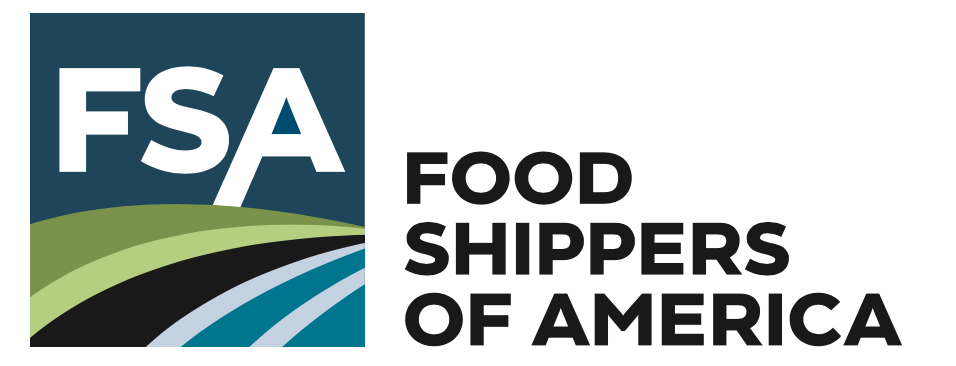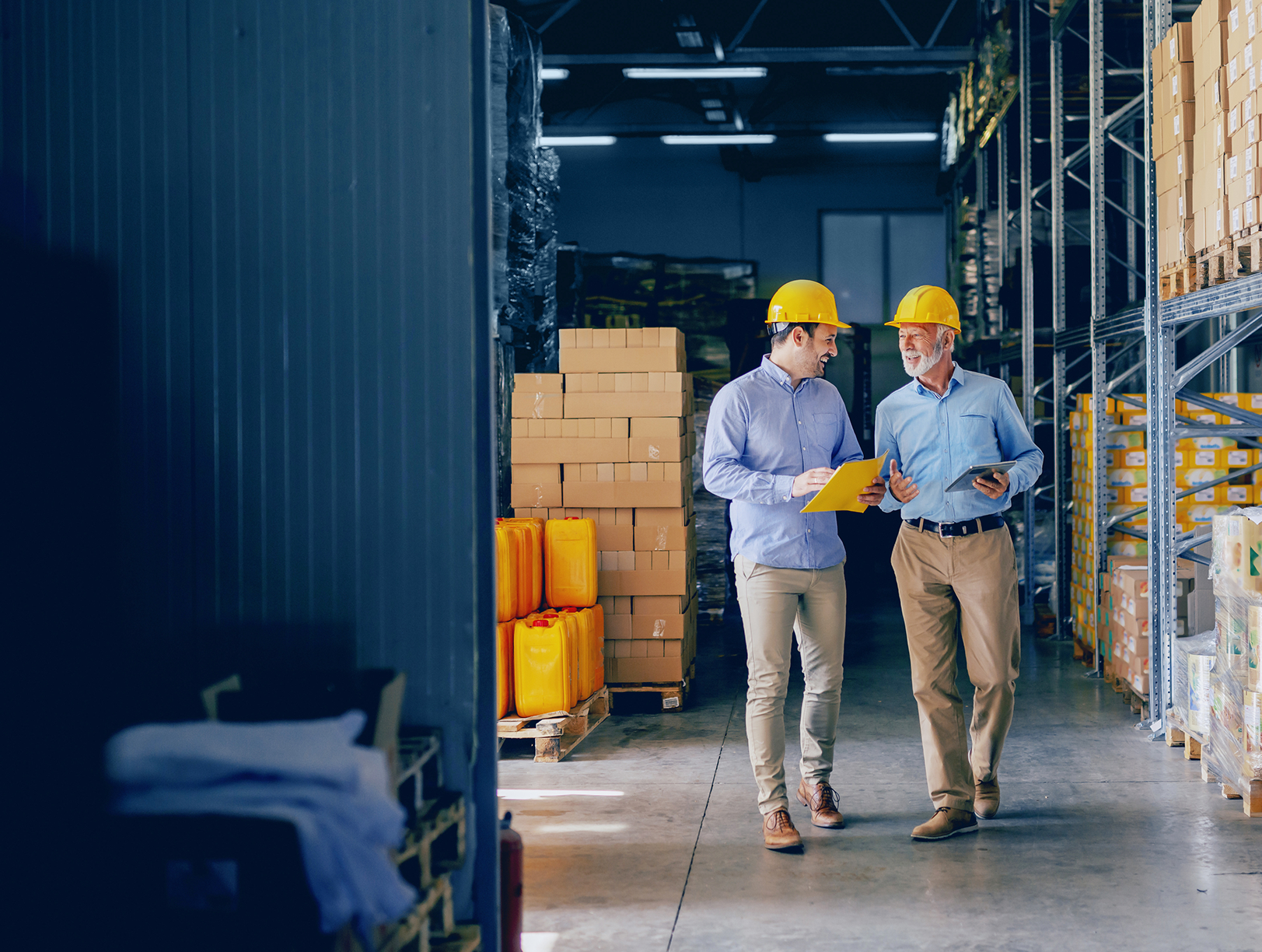Solving for Disruptions That Create Ripples in the Supply Chain
by Lineage | Sponsored Content, on Jun 20, 2025 2:58:33 PM

In today’s dynamic global trade environment, small shifts in policy or regulatory requirements can spark outsized consequences. Nowhere is this more evident than in the food supply chain – even a temporary tariff adjustment or port delay can reverberate across continents, disrupting inventory flow, raising costs, and leaving shelves bare. For food shippers, the stakes are high: reliability, compliance, and agility are more than competitive advantages, they are prerequisites for survival.
Recent geopolitical trade uncertainty underscores this fragility. For global companies that rely on various goods produced and sold in several different countries, tariffs can send ripples through their supply chains. The resulting uncertainty triggered dramatic inventory frontloading, container rate volatility, and widespread confusion about import timelines. These “start-stop” moments have become emblematic of the modern supply chain, where volatility is the only constant.
So how can food shippers protect themselves when the ripple effects of global change hit home? The key lies in integration and leveraging end-to-end, port-centric solutions that build agility and visibility into every mile of a product’s journey.
Navigating Tariff Shockwaves in the Food Supply Chain
When it comes to international trade, tariffs can cause myriad logistical disruptions. In some cases, a sudden hike in duties on imports like beef, seafood, or produce can cause weeks-long delays while businesses navigate Customs and Border Protection (CBP), USDA, and FDA requirements. These delays don’t just hold up inventory; they can risk the quality of products, push up costs, and damage relationships with downstream customers.
Whether it’s tariffs today or past events like COVID, animal disease outbreaks and more, we’ve seen how major disruptions can trigger a cascade of delays and expenses for food companies. When the only constant is change, resiliency and adaptability are key to protecting global supply chains. This requires that supply chain providers come equipped with specialized services designed to keep goods moving – enhancing supply chain visibility, simplifying compliance with import and export regulations, and reducing delays – even in times of uncertainty. Here’s how:
Bonded Warehousing
Bonded warehouses can be invaluable tools for import management, acting as “parking lots” for goods coming into the country while awaiting certain conditions to be met, such as inspections, compliance with import quotas, and payment of duties or tariffs.
Consider a Brazilian beef importer facing a common challenge: their product arrives in the U.S. just before the quota resets. Without bonded storage, they’d be forced to release their shipment immediately, triggering high out-of-quota tariffs, or potentially worse, risk wasting product altogether.
Bonded warehouses allow for goods to be stored safely until conditions are met, allowing for reentry into the markets. Whether its Brazilian beef awaiting a quota reset or seasonal produce timed to peak demand, these facilities help transform supply chain disruption into opportunities by enabling flexibility, compliance, and in turn, potential cost savings.
Expert Customs and Inspection Support
Food shippers don’t have the luxury of time. Delayed inspections or unclear customs documentation can cost thousands in per diem fees, as well as drive missed delivery windows. Streamlined inspection services are especially critical for certain products like meat and poultry that must meet the highest requirements before being released for distribution.
Partnering with a knowledgeable in-house customs brokerage team helps ensure guidance and execution across all stages of the international shipping process. These experts can help expedite customs clearances and inspections, reducing potential delays.
Working with a single-point customs service provider that can handle product clearances at any major U.S. port of entry – by land, air, or sea – can be key to simplifying import and export operations. When customs services are integrated with specialized logistics – particularly in temperature-sensitive supply chains – it enhances the overall efficiency and reliability of food distribution globally.
Port-Centric Integrated Solutions
At the frontline of international trade networks are port-centric warehouses, strategically located near major transportation hubs critical to enabling the safe and efficient transfer of food to people around the world. It’s not just their proximity to ports that make these warehouses an essential link in the global food chain. It’s the local expert teams that operate them, paired with the specialized services they offer, that keeps food moving
Port-based drayage services can be crucial solutions for helping ensure the smooth transfer of temperature-controlled goods between ocean ports and inland distribution centers. Integrated operations between transportation and warehousing reduce delays and help avoid port penalties, while operational visibility at the facility level allows for quicker container turns, helping reduce costs and improve product availability, offering improved compliance and efficiency.
Freight forwarding solutions tailored for cold chain products can also offer global reach and more seamless coordination across ocean, air, rail, and road. Facilities located near major ports support faster global distribution, while integrated services – from customs clearance to storage and transport – allow businesses to streamline operations and maintain product quality throughout the journey. By working with a supply chain partner that combines diverse transport modes with in-house expertise, such as customs brokerage teams that help manage regulatory requirements, businesses can unlock a more reliable ride for food.
Technology that Prevents Waste and Protects Margins
Delays aren’t just costly; they also threaten product integrity. Missing a single inspection window can shorten shelf life or require expensive rework. That’s why smart technology is essential. Advanced tools, such as Lineage Eye, a proprietary AI-powered receiving system, help reduce warehouse errors and support accurate receiving, storage, and shipping.
This combined with unified supply chain visibility platforms that allow customers to see their inventory and shipment status in real-time, enable faster decision-making and early intervention when issues arise.
Final Thought: Why Every Pause Deserves a Plan
In the interconnected world of food logistics, small pauses – whether political, procedural, or logistical – can have far-reaching effects. Tariffs, trade delays, documentation hurdles, and inspection bottlenecks don’t just test supply chains; they expose their weakest points.
With the right provider— one who integrates transportation, storage, inspection, technology, and brokerage under one roof—those pauses can become opportunities. Resilience isn’t just surviving the storm; it’s building a supply chain that performs in any climate.
For more information about Lineage’s global solutions, visit their website.
Like this kind of content? Subscribe to our "Food For Thought" eNewsletter!
Now more than ever, professionals consume info on the go. Distributed twice monthly, our "Food For Thought" e-newsletter allows readers to stay informed about timely and relevant industry topics and FSA news whether they're in the office or on the road. Topics range from capacity, rates and supply chain disruption to multimodal transportation strategy, leveraging technology, and talent management and retention. Learn More



